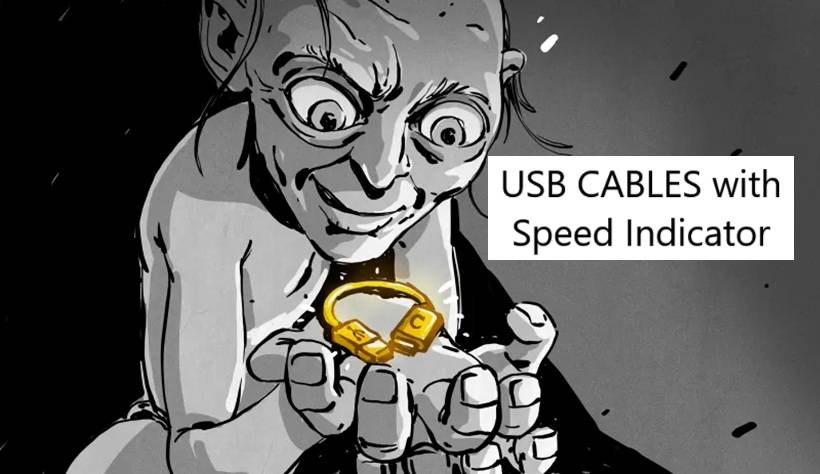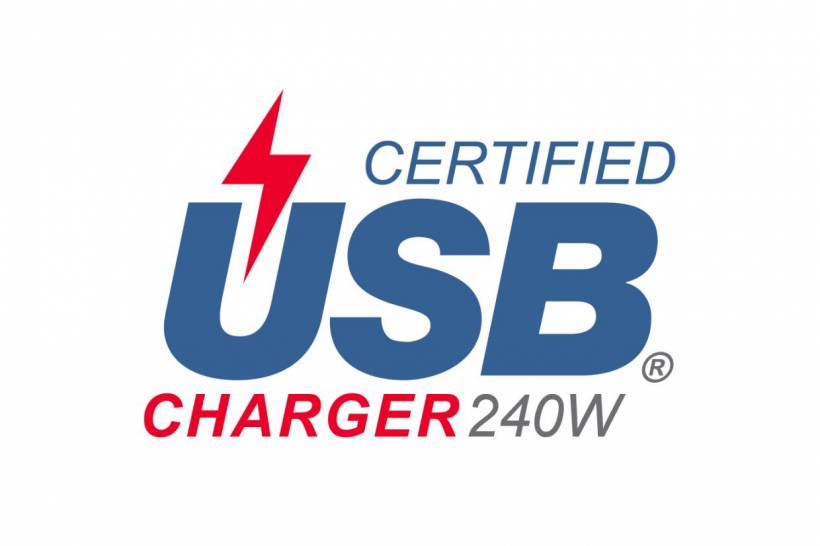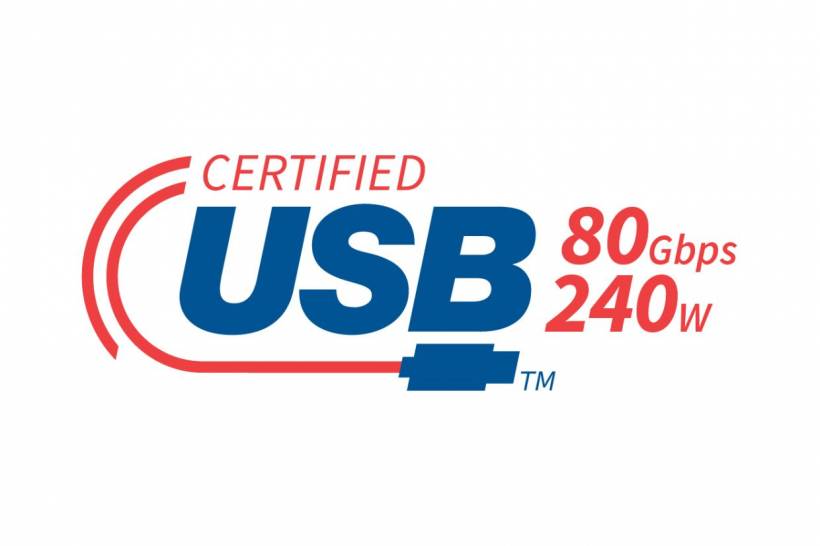Wondering how fast the USB cable you found in your drawer can transfer files or if it supports fast charging? Previously, the only way to know was to test it. However, upcoming USB-C cable and port logos will soon provide clear information on data transfer and charging capabilities.
Previously, people mostly needed to rely on knowing the differences between the so-called USB 2, USB 3 and USB 4 standards when it came to transfer speeds between devices or the power for operating or charging laptops and smartphones.
Photo: USB Implementers Forum (USB-IF)/dpa
Even for those familiar with USB standards, it was often unclear whether a device and cable could achieve the highest data transfer rates supported by the standard. To address this confusion, the USB Implementers Forum (USB-IF), the organization behind USB standardization, has introduced new logos for USB-C cables and device ports. Instead of using standard designations, the new logos now clearly display details about data transfer speeds and power output.
Photo: USB Implementers Forum (USB-IF)/dpa - NOTE: For editorial use only in relation to current coverage and with full credit attribution as stated.
Manufacturers are not required to use these new logos, but they can do so if their devices or cables pass USB-IF certification, according to the developers. In the future, devices like laptops will feature logos indicating data transfer speeds of 5, 10, 20, 40, or 80 Gbps (gigabits per second). These speed labels will appear both on the device packaging and directly on the USB ports. For USB-C cables, the logos will display not only the maximum data transfer speed but also the highest power capacity the cable can handle, such as 60 watts or 240 watts.
This information will be included on cable packaging, and most importantly, the new logos will be printed directly on the cable connectors.









Comments